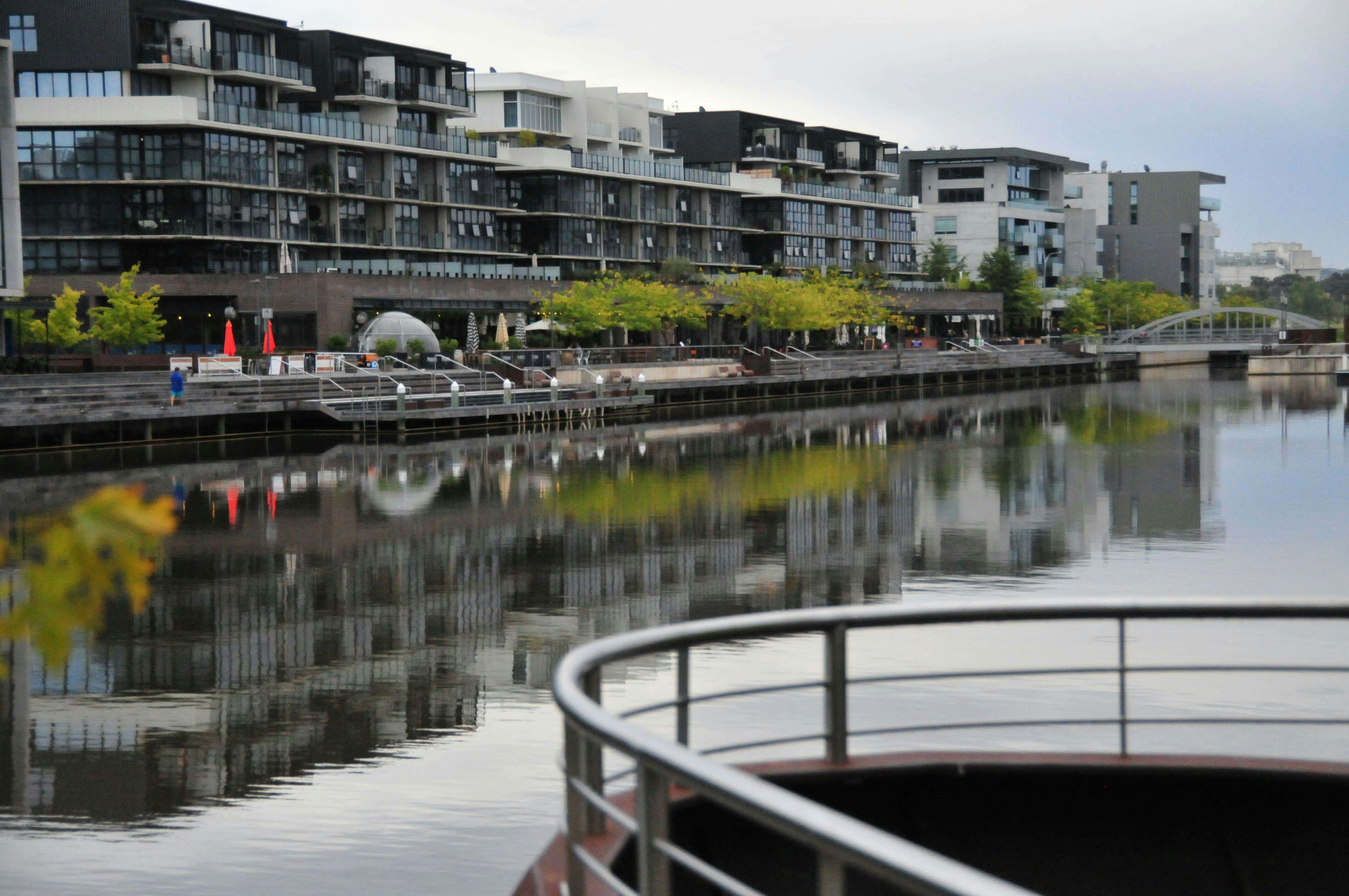The below submission was made to the Territory Planning Authority as part of their consultation on the Draft Plan Amendment A East Lake - The Causeway Area.
As Canberra’s population continues to grow strongly, providing high quality, affordable housing with high amenity and good access to employment remains a major challenge. Urban renewal in the Causeway presents a unique, one time opportunity to provide current and future Canberrans with housing in a central, well connected, high amenity site adjacent to Lake Burley Griffin and the Jerrabomberra Wetlands.
The proposed changes will determine urban form and development patterns in the Causeway for many decades to come. It is essential that planning provisions are sufficiently flexible to meet likely future demand, and allow this unique and valuable site to reach its full potential.
While Greater Canberra broadly supports the intent of the amendment, we believe that changes to the plans are needed to enable more homes, while maintaining the Causeway’s unique heritage and environmental values.
Proposed changes to plans
Height restrictions
Proposed building height restrictions and setback requirements substantially reduce the site’s potential for new dwellings while providing unclear benefits, and have the potential to undermine the amendment’s aim to deliver urban intensification and regeneration in the Causeway area.
Greater Canberra recognises the need for height limits on the northern and eastern sides of the site to reduce light spill into the Jerrabomberra Wetland reserve. However the benefit of height limits and setback requirements across the rest of the site is unclear, with no rationale provided.
Height limits to 2 storeys for blocks adjoining Section 35 are inconsistent with the intent of the proposed CZ5 zoning, which provides for “high density residential uses in highly accessible locations”. It also does not appear to be required by the Causeway Hall Heritage Listing, which aims to conserve the landscape setting of the Hall by “preventing over development of the block” (conservation Objective 3.1), without reference to the surrounding residential areas. Proposed height limits on surrounding blocks are likely to reduce the heritage value of the Causeway Hall to the local community, by permanently limiting the number of people able to appreciate it through direct proximity.
Recommendation: increase height limits on blocks surrounding Section 35 to at least 4 storeys.
The requirement for 3 metre setbacks on levels above the fourth floor in some areas substantially reduces dwelling potential across much of the site (hatched areas in Figure 16B). The National Capital Authority notes in its comments on the draft amendment that setbacks are unlikely to be achievable due to the small size of some blocks, creating a de facto 4 storey high limit in some areas. For areas where setbacks are possible, they are likely to increase the construction complexity and cost of buildings, reducing affordability. Setback requirements are also inconsistent with the built form of existing nearby buildings, such as the Kingsborough development on The Causeway, which is 5 storeys without setbacks.
Recommendation: Remove setback requirements for 6 storey buildings (hatched areas in Figure 16B).
Gross floor area limits
The amendment proposes caps on gross floor area for commercial development, so as not to detract from the viability of surrounding commercial areas such as the Kingston Group Centre and Fyshwick Fresh Food Markets. These limits are likely to reduce amenity and increase costs for local residents by reducing retail competition, may encourage greater vehicle dependence by reducing walkable retail and employment options, and may limit the viability of businesses in the area. The Productivity Commission has previously recommended against considering the viability of existing businesses in planning decisions on the grounds it unjustifiably restricts competition.
Recommendation: Consider increasing or removing gross floor area limits on commercial activity to improve competition and amenity for future residents.
